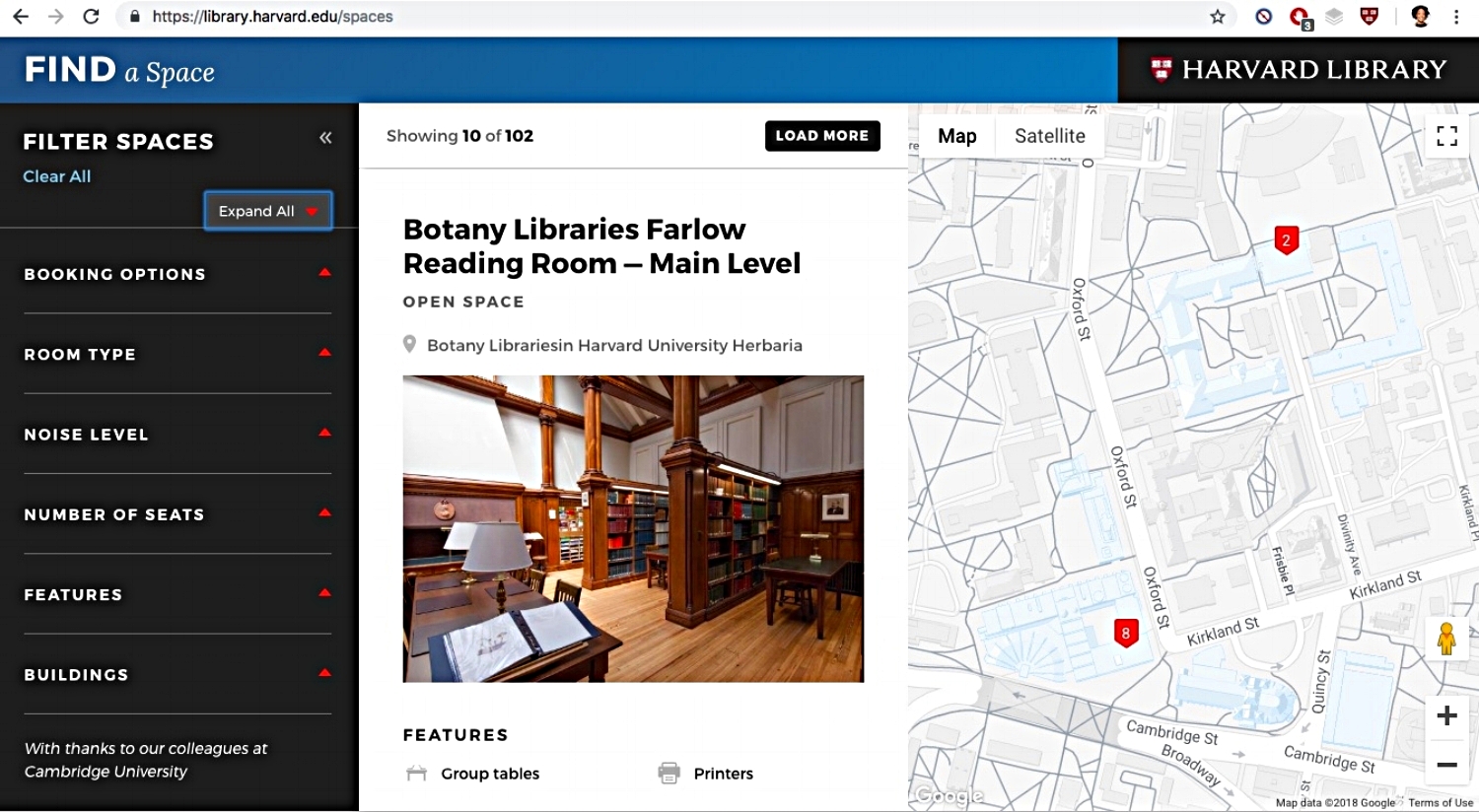Projects
Although financial advice has the potential to help individuals make smarter financial decisions, many people still overlook the resources available to them. In a study conducted by Voya Financial and featured in the 2025 Behavioral Economics Guide, we investigated how visual imagery that addresses barriers to financial advice-seeking can promote guidance adoption and lead to better investment allocation decisions.
Meditation apps have seen a surge in usage over the past three years, particularly as people turned to them to cope during the coronavirus pandemic. Many of these meditation apps, such as Headspace, have daily, guided meditations to help people relax, with content ranging in topics and duration. Blending behavioral science and human centered design, I’ve worked closely with product, content, design and engineering to develop innovative experiences that motivate, guide and support members in building healthy habits and in living healthier and happier lives.
For well over 80 years, social psychologists have been concerned with finding techniques to change attitudes. A prevailing view of implicit stereotypic attitudes is that they are automatic and develop through experience and learning. Under this view, implicit attitudes are believed to be very resistant to change. While working with the Mindfulness and Decision-Making Lab at Harvard, I identified and validated a mindfulness-based and digital intervention for shifting both racial and face-based implicit biases as well as increasing empathic engagement toward outgroup members. It works by loosening the strength of previously-established associations via the introduction of novel ones.
Heartbit is a handheld technology for delivering haptic heart rate biofeedback and for enhancing heart rate control. It was designed by Oscar Rosello and involved a research collaboration between Harvard’s Mindfulness Decision-Making Lab and MIT’s Fluid Interfaces Group. View the attached paper for a more thorough illustration of the work and of my approaches to leading experimental design and testing.
The HOLLIS empty search project was inspired by an analysis of the top 1,000 search terms and themes submitted on the HOLLIS site since 2016 (see visual representation; word SIZE = search FREQUENCY) and by a landscape review of popular academic and non-academic search engines’ empty state designs with the goal of improving the HOLLIS search experience.
What kind of search results presentation style is most useful for finding catalog resources versus discovering? This project compared different search results designs using eye-tracking, cued retrospective think aloud and questionnaires for a comprehensive understanding of users’ search behavior on digital catalogs.
Harvard University houses one of the world’s oldest and largest library systems. The Harvard Library team has been redesigning their websites and digitizing the library experience to help reshape how the world accesses and explores its vast collections. As a researcher on the Digital Strategies and Innovation team, I applied a mixed methods approach to identify current and potential users of Harvard’s library services, to understand how people use library services, and to determine what kinds of new tools would be useful to them.
In this project, via on-the-spot interviews, we were interested in understanding users’ impressions of and assumptions regarding the specific behavior of a new “Download PDF” link, as well as which of two prototypes was most useful and engaging.
A large part of my role as a UX researcher on Harvard’s Digital Strategies and Innovation team involved performing quantitative and qualitative usability tests of the major library websites with a particular focus on designing for search and on improving search features to reflect an optimal balance between findability and discovery based on user experience feedback. This work also incorporated elements of design including building wireframes and interactive prototypes.










